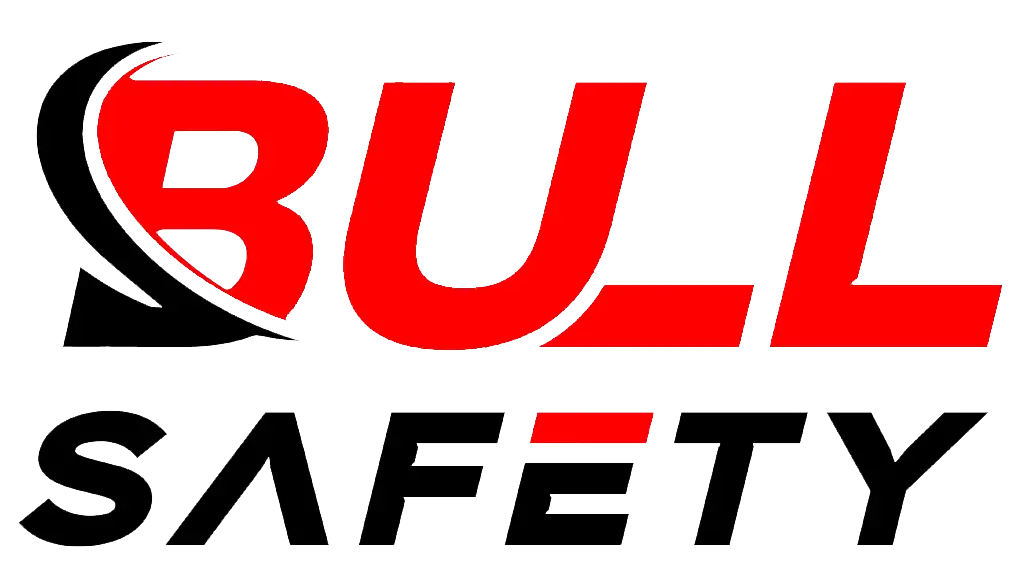Are you tired of sourcing gardening gloves that disappoint your customers? This often leads to complaints and lost business. By understanding what end-users truly value, you can offer a superior product.
The key is focusing on task-specific performance. A recent 6-month test on 22 different glove types revealed that consumers want comfort, a secure fit, and features tailored to specific jobs. This market intelligence is exactly what we use to help you engineer high-performing, competitive gloves.
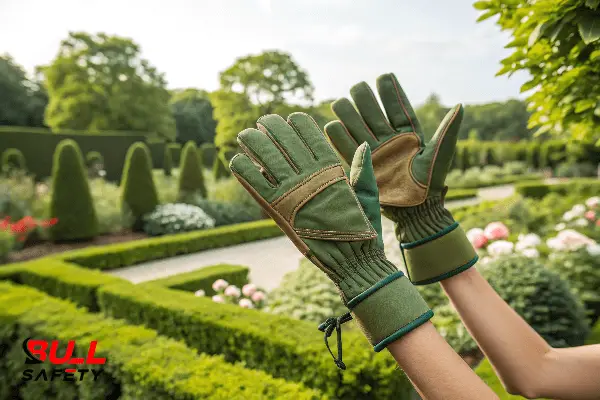
Comfortable and Durable Gardening Gloves.
I recently analyzed a comprehensive 6-month test of gardening gloves1, and the insights were pure gold. It showed exactly what your end-users value most. It’s not just about durability, but about having the right tool for the job. This is critical market intelligence2 for us as a manufacturer, and for you as a wholesaler. By seeing what makes a "top pick" for consumers, we can use these insights to help you design a customized, high-performing glove that truly stands out. This data ensures the products we develop together will meet your customers’ real needs and give you a powerful competitive edge. Let’s break down what we learned.
What Are the Best Glove Coatings for Different Gardening Needs?
Choosing the right glove coating can be confusing for customers. The wrong choice leads to poor grip and less durability. Understanding different coatings helps you offer the perfect glove for any task.
Microfoam3 offers a great grip in dry and slightly oily conditions, making it feel soft and breathable. Sandy nitrile is the champion for wet and oily work. Foam nitrile balances grip and breathability, while latex4 offers flexibility. PU5 provides the best dexterity for delicate jobs.
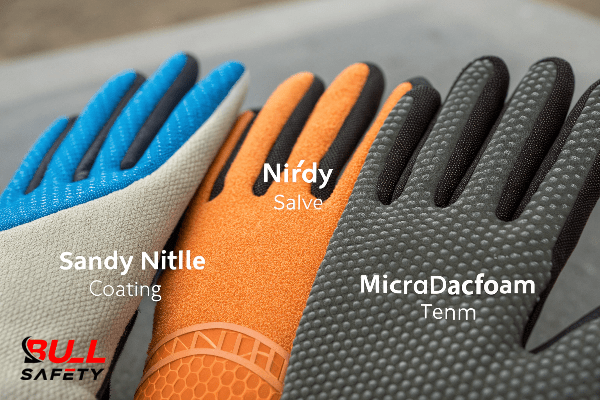
Gardening Glove Coating Types.
As a manufacturer, we specialize in applying the right coating to the right glove liner to create a product that excels at its job. It’s not just about dipping a glove; it’s about engineering performance6. Each coating has a distinct advantage that we can leverage for your custom product line. Helping your customers understand these differences will position you as an expert. For example, a customer needing to handle wet, slippery plants will be grateful when you recommend a sandy nitrile glove7 over a standard PU one. This builds trust and loyalty. Here is a simple breakdown you can share with your sales team or even your customers to help them choose wisely.
| Coating Type | Best Use Case | Grip (Wet/Dry) | Breathability |
|---|---|---|---|
| Microfoam Nitrile | General tasks, handling small parts | Excellent (Dry) | High |
| Sandy Nitrile | Wet work, landscaping, construction | Excellent (Wet & Dry) | Medium |
| Foam Nitrile | All-purpose, good for variable conditions | Good (Wet & Dry) | High |
| Latex (Crinkle) | Handling bricks, rough materials, glass | Excellent (Dry) | Low |
| Polyurethane (PU) | Delicate tasks, weeding, assembly | Good (Dry) | High |
This level of detail helps you create a product portfolio that doesn’t just sell but solves specific problems for gardeners, landscapers, and construction workers alike.
What Key Features Truly Define a High-Quality Gardening Glove?
Your customers often complain that their gloves feel uncomfortable or don’t last. This hurts your reputation. Focusing on materials, fit, and thorn resistance ensures you stock gloves people will trust.
The best gloves use materials suited for the task. This includes strong leather for thorn resistance8, as noted by experts. A snug, comfortable fit9 is also critical for grip and safety. Finally, true thorn resistance protects users from common injuries, building significant customer trust and loyalty.
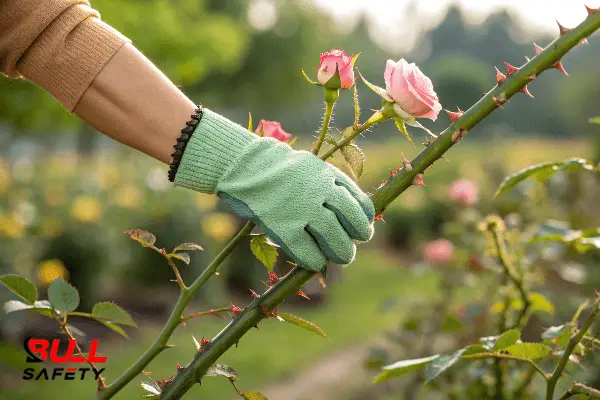
Gardening Glove Key Features.
Based on what we see in top-rated consumer products and our own manufacturing experience, these three features are non-negotiable for a premium glove. Let’s go deeper into why they matter so much and how we, as your partner, can build them into your products.
Materials Make the Difference
The base liner of a glove is just as important as the coating. A thin, 18-gauge nylon liner10 with a PU coating offers amazing dexterity, perfect for gardeners who need to feel for small weeds. For heavy-duty jobs, a thicker liner provides more cushioning and protection. We can help you select the ideal combination. For example, a glove made for pruning roses should not just have a tough coating, but also a liner with some puncture resistance11. As publications on heavy-duty gloves point out, thicker materials provide a better barrier against common garden hazards.
Why Fit is Not Just About Comfort
A poor fit is a performance killer. A glove that’s too loose can slip, leading to accidents when handling tools. A glove that’s too tight restricts blood flow and causes hand fatigue. As one test review emphasized, a snug fit with enough grip to prevent slipping is key for a secure gardening experience12. We address this by offering a consistent and reliable sizing chart. We can also develop gloves specifically for different markets, recognizing that hand shapes and sizes can vary regionally.
The Importance of Thorn Resistance
For many gardeners, this is the single most important feature. A glove that can’t stop a rose thorn is useless for many common tasks. True thorn resistance often requires multi-layer construction, such as a leather palm or a dense, tightly woven fabric liner. This is a premium feature, and customers are willing to pay for it because it provides real safety and peace of mind. Partnering with us means you can offer gloves specifically marketed as "thorn-proof13," giving you a clear advantage.
How Do You Match the Right Glove to a Specific Gardening Task?
Customers are often unsure which glove is best for weeding versus pruning. Selling a generic glove misses a huge opportunity to solve specific problems and increase your sales volume and value.
For weeding, you need dexterity, so a PU-coated glove is perfect. For pruning thorny bushes, thorn-proof leather or gauntlet gloves are essential for protection. For general use, a balanced foam nitrile glove offers the best mix of durability, grip, and comfort for various jobs.
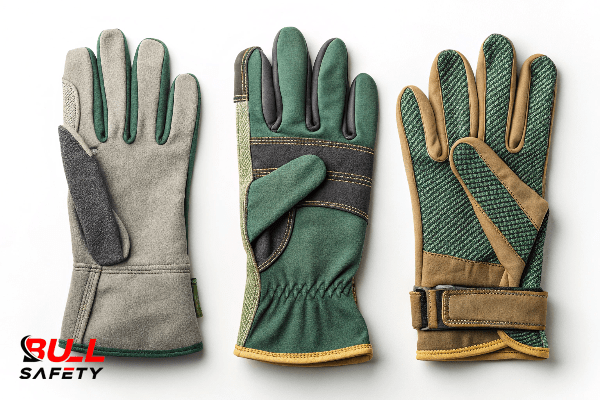 Task-Specific Gardening Gloves.
Task-Specific Gardening Gloves.
By creating distinct product categories based on tasks, you guide your customers to the right purchase and show your expertise. This strategy is all about adding value beyond the product itself. When a customer walks away with the perfect glove for their specific project, they remember where they got it. Based on extensive consumer testing and feedback, we can design gloves that are perfectly optimized for the most common gardening activities14. Here’s a simple guide to how we can position these gloves.
| Task | Recommended Glove Type | Key Features | Why It Works |
|---|---|---|---|
| Weeding & Seeding | PU Coated | High dexterity, thin liner, snug fit | The user needs to feel small weeds and handle tiny seeds. The glove should feel like a second skin, providing protection without sacrificing touch sensitivity. |
| Pruning & Clearing | Leather Palm or Gauntlet | Thorn resistance, puncture-proof, long cuff | Protection is the top priority. Blocking thorns from roses or sharp branches is crucial. A longer gauntlet-style cuff protects the forearm from scratches. |
| General Use & Planting | Foam or Sandy Nitrile | Balanced grip, good durability, breathable | This is the all-around workhorse. It needs to handle soil, tools, and water. A breathable coating keeps hands comfortable during long hours, while a versatile grip works well in both wet and dry conditions as noted in tests. |
Conclusion
Understanding what end-users value allows us to help you create customized, high-performing gloves. Together, we can engineer products that give you a real competitive edge in a crowded market.
-
Explore this link to discover top-rated gardening gloves that combine durability and performance, ensuring you choose the best for your gardening needs. ↩
-
Understanding market intelligence can significantly enhance your product development strategy, ensuring your offerings align with consumer demands. ↩
-
Explore this link to understand how Microfoam enhances grip and comfort in various working conditions. ↩
-
Discover why latex gloves are valued for their flexibility and how they compare to other glove materials for various tasks. ↩
-
Learn how PU (polyurethane) enhances glove dexterity and why it’s ideal for precision tasks in various industries. ↩
-
Learn how engineering performance enhances glove quality and functionality, ensuring optimal safety and efficiency. ↩
-
Explore the advantages of sandy nitrile gloves to understand why they are ideal for handling wet, slippery materials. ↩
-
Explore this link to understand how thorn resistance enhances glove safety and durability, ensuring better protection for users. ↩
-
Discover why a snug, comfortable fit is essential for grip and safety, making gloves more effective and user-friendly. ↩
-
Explore this link to understand how an 18-gauge nylon liner enhances dexterity and comfort for gardening tasks. ↩
-
Learn why puncture resistance is crucial for safety and protection in gardening gloves, especially for tasks like pruning. ↩
-
Exploring tips for a secure gardening experience will enhance your gardening safety and efficiency, making your tasks easier. ↩
-
Exploring thorn-proof gloves can enhance your gardening experience by ensuring safety and comfort. ↩
-
Discover insights on gardening activities to better understand customer needs and optimize product offerings. ↩
